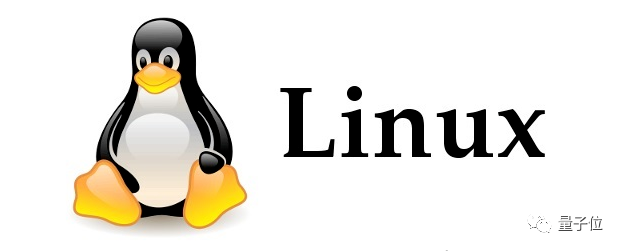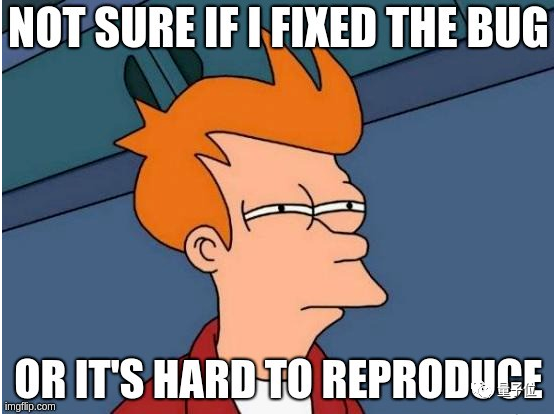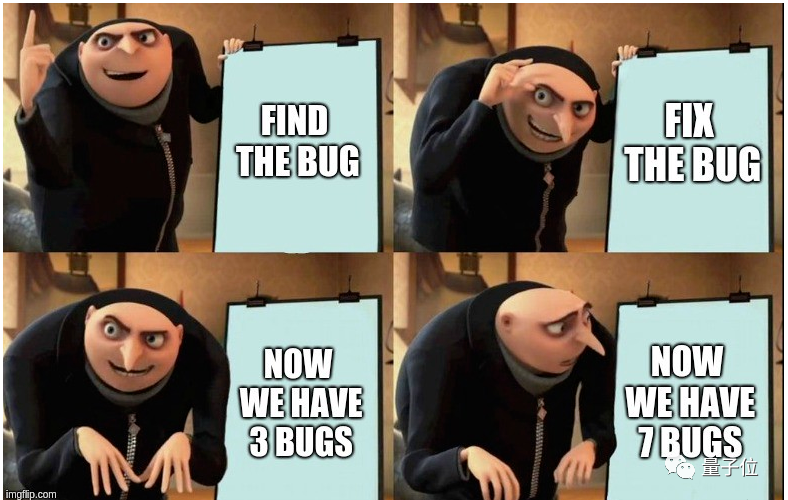 System Tutorial
System Tutorial
 LINUX
LINUX
 The father of Linux was finally persuaded: the 30-year-old Linux kernel C language will be upgraded to C11
The father of Linux was finally persuaded: the 30-year-old Linux kernel C language will be upgraded to C11
The father of Linux was finally persuaded: the 30-year-old Linux kernel C language will be upgraded to C11
Recently there has been news. What is exciting is that the 1989 version of the C language Linux kernel that has been used has finally received a major upgrade. The pace of contemporary technology is unstoppable. Today, the Linux open source community announced a striking plan to upgrade the C language version of the kernel to the C11 standard. It is expected that this major reform will take effect after Linux version 5.18, which is the upcoming May. This important move will bring unlimited potential opportunities to the Linux kernel and help it better adapt to the needs of modern technologies.
This decision was sudden. It only took a week from initiating the question to the official statement. It is not easy to convince Linus Torvalds, the stubborn father of Linux. The reason for the matter seems to be a little accidental. The chain reaction of a bug
The chain reaction of a bugThe origin of the problem comes from a Linux community discussion last week.
A doctoral student named Jakob Koschel discovered such a problem while researching preventing predicted execution vulnerabilities related to kernel linked list primitives.
The Linux kernel extensively uses a doubly linked list defined by struct list_head:
struct list_head {
struct list_head *next, *prev;
};
In addition, the kernel also provides a large number of functions and macros that can be used to traverse and operate linked lists. list_for_each_entry () is one of them, a macro disguised as a control structure. The problem lies in this macro. Assume that the kernel contains the following structure:
struct foo {
int fooness;
struct list_head list;
};
list can be used to create a doubly linked list of the foo structure. Suppose there is a structure called foo_list declared as the head of such a linked list. This linked list can be traversed using the following code:
struct foo *iterator;
list_for_each_entry(iterator, &foo_list, list) {
do_something_with(iterator);
}
/* Should not use iterator here */
The list argument tells the macro the name of the list_head structure within the foo structure. This loop will be executed once for each element in the list, with the iterator pointing to that element. This resulted in a bug in the USB subsystem: the iterator passed to the macro could still be used after exiting the macro.
This is a dangerous thing, so Koschel submitted a fix to fix the bug by stopping using the iterator after the loop.
 persuading Linus
persuading LinusBut Linus Torvalds himself does not like this patch very much, and does not see its relationship with the predicted execution vulnerability. After Koschel explained it in detail, Linus admitted that it was just a common bug.
However, things were not that simple. Linus soon realized the real root cause: the iterator passed to the linked list traversal macro must be declared in a scope outside the loop itself. This non-predictive bug occurs because there is no "declaring variables in loops" in C89.
Macros like list_for_each_entry () essentially always leak the last HEAD entry outside the loop, simply because we can't declare iterator variables in the loop itself.
If you could write an iterator list traversal macro that could declare itself, then the iterator would not be visible outside the loop and no such problem would arise. However, since the kernel is stuck on the C89 standard, variables cannot be declared inside a loop.
Linus decided, let’s upgrade. Maybe it’s time to move to the C99 standard. While it's also over 20 years old, it's at least newer than C89 and allows you to declare variables within a loop.
Since C89 is so old, why hasn’t it changed after so many years? Linus said that it was because we encountered some strange problems in some ancient gcc compiler versions and could not be upgraded casually.
However, now the Linux kernel has raised the minimum requirement for gcc to version 5.1, so those weird bugs in the past should no longer exist.
Arnd Bergmann, another core developer, believes that we can definitely upgrade to C11 or even higher. However, upgrading to C17 or C2x will break support for gcc-5/6/7, so upgrading to C11 is easier to achieve.
In the end, Torvalds agreed with the idea: "Okay, please remind me, let's try it early in the 5.18 merge window." The next move to C11 may cause some unexpected bugs, but if all goes well, next A Linux kernel version will officially move to C11.
The above is the detailed content of The father of Linux was finally persuaded: the 30-year-old Linux kernel C language will be upgraded to C11. For more information, please follow other related articles on the PHP Chinese website!

Hot AI Tools

Undresser.AI Undress
AI-powered app for creating realistic nude photos

AI Clothes Remover
Online AI tool for removing clothes from photos.

Undress AI Tool
Undress images for free

Clothoff.io
AI clothes remover

Video Face Swap
Swap faces in any video effortlessly with our completely free AI face swap tool!

Hot Article

Hot Tools

Notepad++7.3.1
Easy-to-use and free code editor

SublimeText3 Chinese version
Chinese version, very easy to use

Zend Studio 13.0.1
Powerful PHP integrated development environment

Dreamweaver CS6
Visual web development tools

SublimeText3 Mac version
God-level code editing software (SublimeText3)

Hot Topics
 What computer configuration is required for vscode
Apr 15, 2025 pm 09:48 PM
What computer configuration is required for vscode
Apr 15, 2025 pm 09:48 PM
VS Code system requirements: Operating system: Windows 10 and above, macOS 10.12 and above, Linux distribution processor: minimum 1.6 GHz, recommended 2.0 GHz and above memory: minimum 512 MB, recommended 4 GB and above storage space: minimum 250 MB, recommended 1 GB and above other requirements: stable network connection, Xorg/Wayland (Linux)
 Linux Architecture: Unveiling the 5 Basic Components
Apr 20, 2025 am 12:04 AM
Linux Architecture: Unveiling the 5 Basic Components
Apr 20, 2025 am 12:04 AM
The five basic components of the Linux system are: 1. Kernel, 2. System library, 3. System utilities, 4. Graphical user interface, 5. Applications. The kernel manages hardware resources, the system library provides precompiled functions, system utilities are used for system management, the GUI provides visual interaction, and applications use these components to implement functions.
 vscode terminal usage tutorial
Apr 15, 2025 pm 10:09 PM
vscode terminal usage tutorial
Apr 15, 2025 pm 10:09 PM
vscode built-in terminal is a development tool that allows running commands and scripts within the editor to simplify the development process. How to use vscode terminal: Open the terminal with the shortcut key (Ctrl/Cmd). Enter a command or run the script. Use hotkeys (such as Ctrl L to clear the terminal). Change the working directory (such as the cd command). Advanced features include debug mode, automatic code snippet completion, and interactive command history.
 How to check the warehouse address of git
Apr 17, 2025 pm 01:54 PM
How to check the warehouse address of git
Apr 17, 2025 pm 01:54 PM
To view the Git repository address, perform the following steps: 1. Open the command line and navigate to the repository directory; 2. Run the "git remote -v" command; 3. View the repository name in the output and its corresponding address.
 How to run java code in notepad
Apr 16, 2025 pm 07:39 PM
How to run java code in notepad
Apr 16, 2025 pm 07:39 PM
Although Notepad cannot run Java code directly, it can be achieved by using other tools: using the command line compiler (javac) to generate a bytecode file (filename.class). Use the Java interpreter (java) to interpret bytecode, execute the code, and output the result.
 Where to write code in vscode
Apr 15, 2025 pm 09:54 PM
Where to write code in vscode
Apr 15, 2025 pm 09:54 PM
Writing code in Visual Studio Code (VSCode) is simple and easy to use. Just install VSCode, create a project, select a language, create a file, write code, save and run it. The advantages of VSCode include cross-platform, free and open source, powerful features, rich extensions, and lightweight and fast.
 What is the main purpose of Linux?
Apr 16, 2025 am 12:19 AM
What is the main purpose of Linux?
Apr 16, 2025 am 12:19 AM
The main uses of Linux include: 1. Server operating system, 2. Embedded system, 3. Desktop operating system, 4. Development and testing environment. Linux excels in these areas, providing stability, security and efficient development tools.
 vscode terminal command cannot be used
Apr 15, 2025 pm 10:03 PM
vscode terminal command cannot be used
Apr 15, 2025 pm 10:03 PM
Causes and solutions for the VS Code terminal commands not available: The necessary tools are not installed (Windows: WSL; macOS: Xcode command line tools) Path configuration is wrong (add executable files to PATH environment variables) Permission issues (run VS Code as administrator) Firewall or proxy restrictions (check settings, unrestrictions) Terminal settings are incorrect (enable use of external terminals) VS Code installation is corrupt (reinstall or update) Terminal configuration is incompatible (try different terminal types or commands) Specific environment variables are missing (set necessary environment variables)





